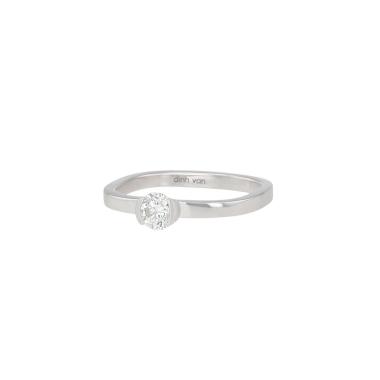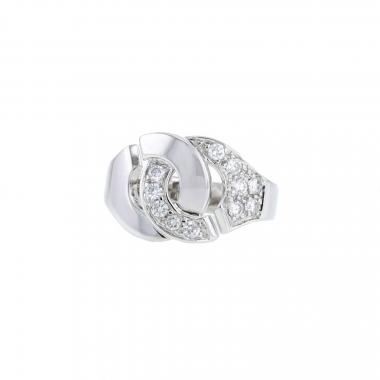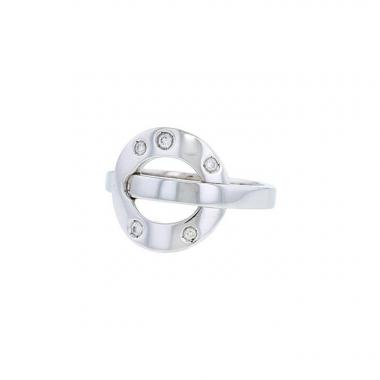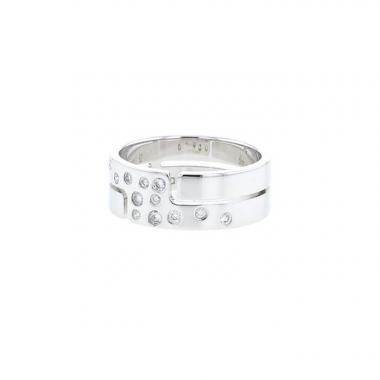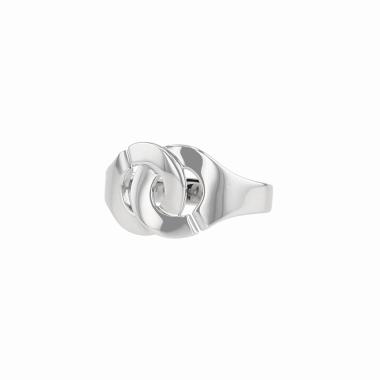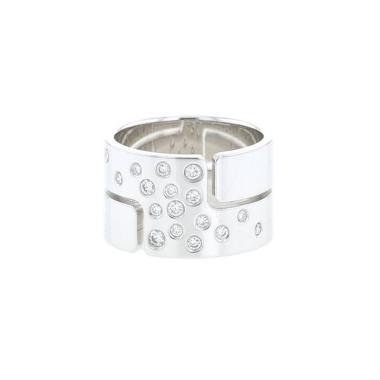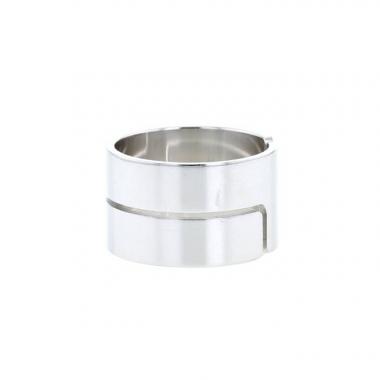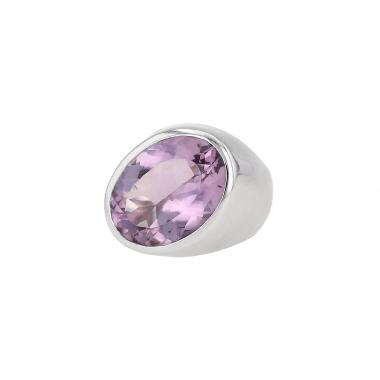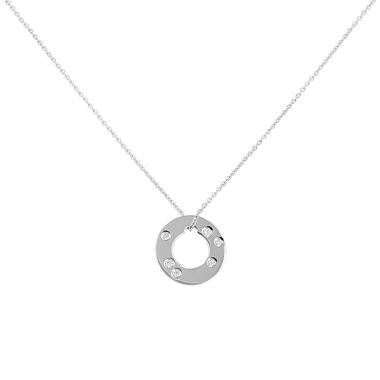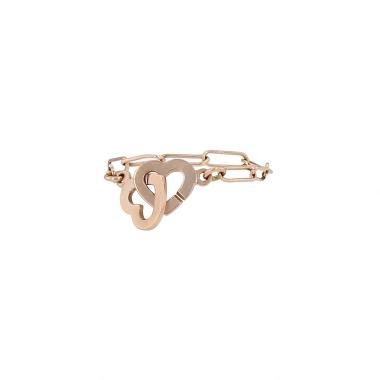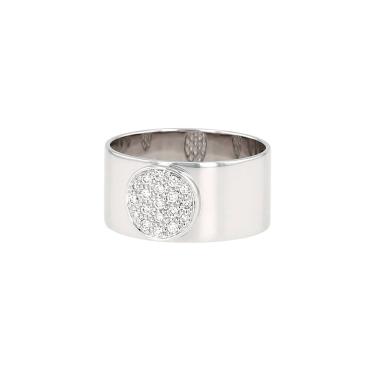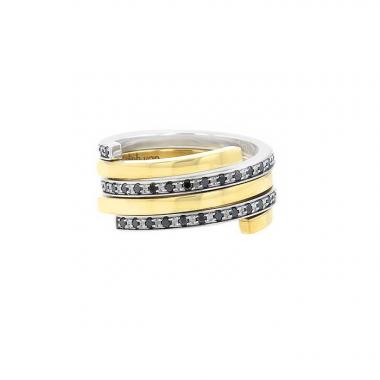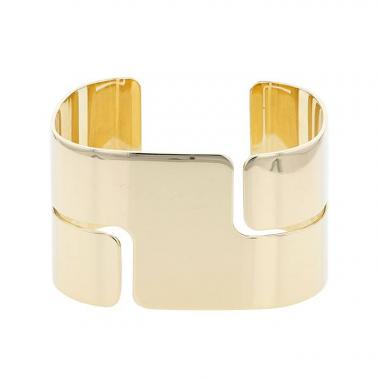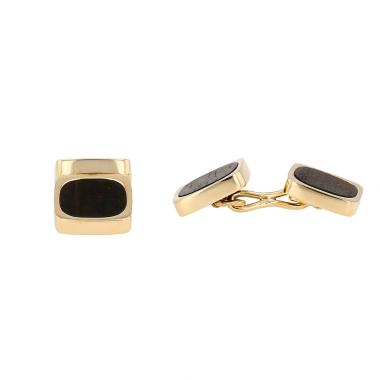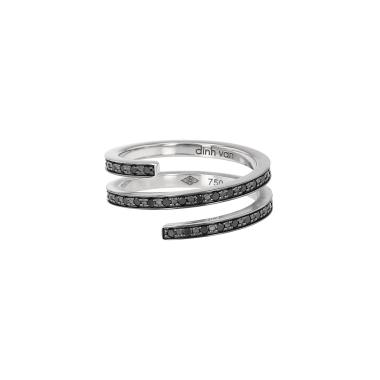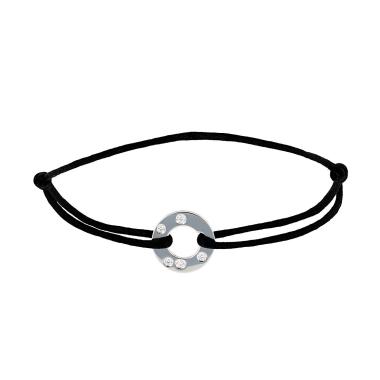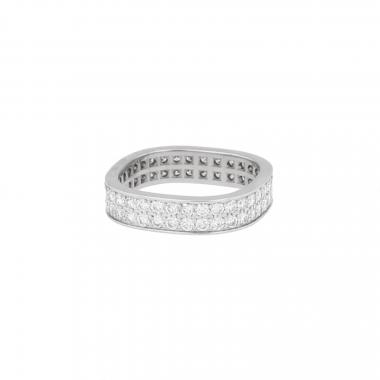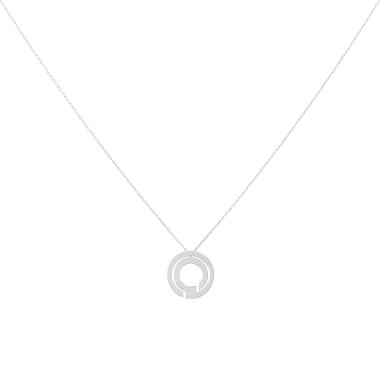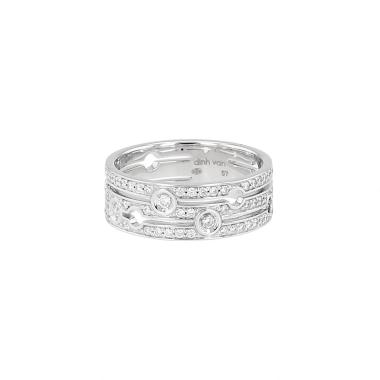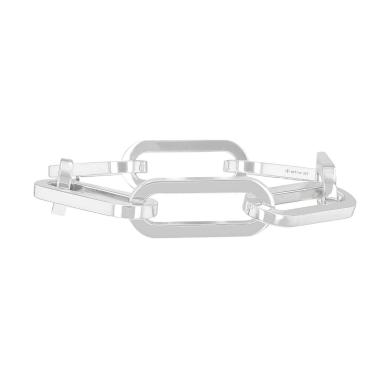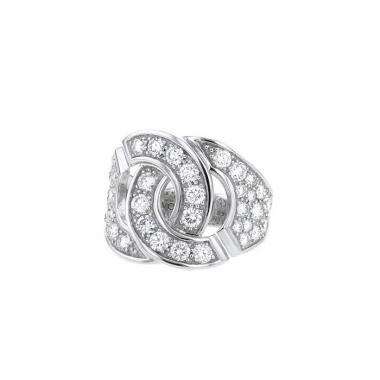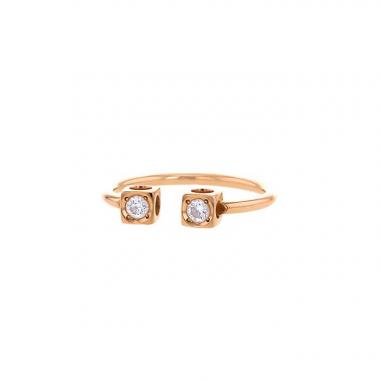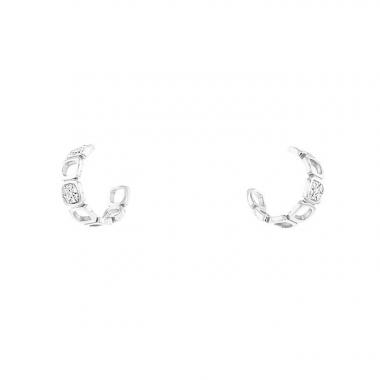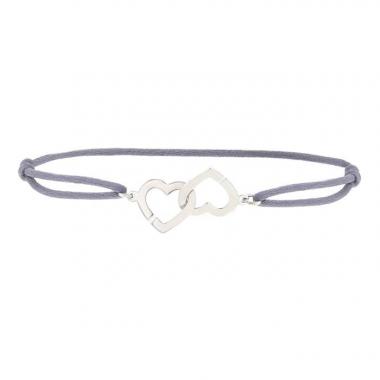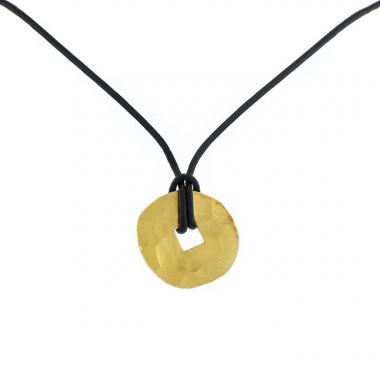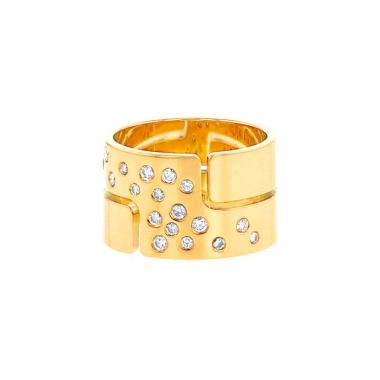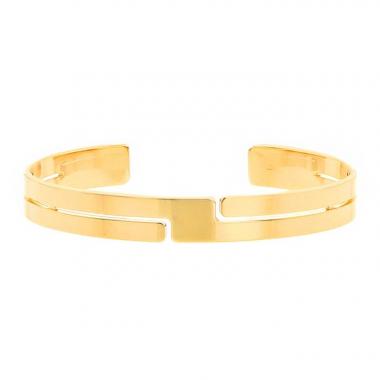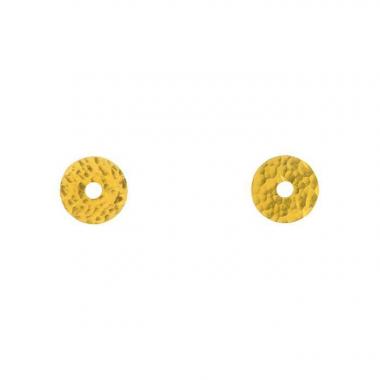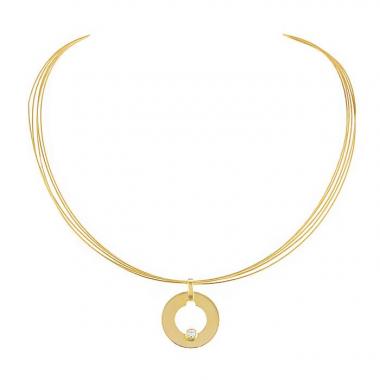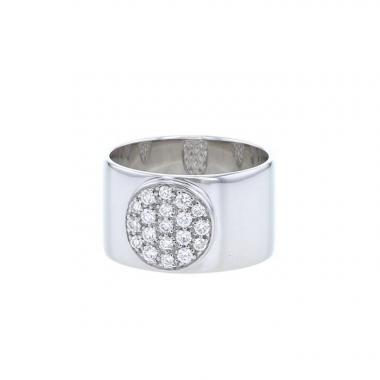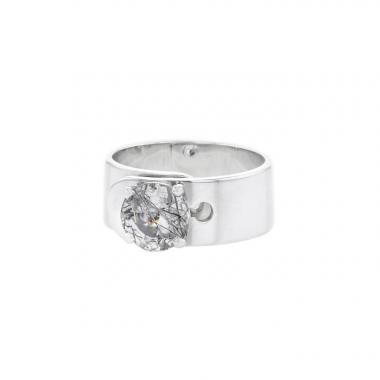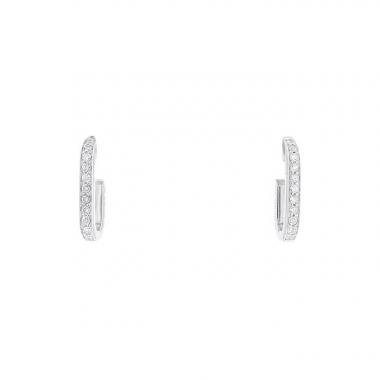The history of Dinh Van jewellery
Jean Dinh Van, born in 1927 in Boulogne-sur-Mer, the son of a Vietnamese lacquer craftsman, learned the artisan jewellery trade fr
Dinh Van jewellery
Jean Dinh Van, born in 1927 in Boulogne-sur-Mer, the son of a Vietnamese lacquer craftsman, learned the artisan jewellery trade from the Cartier House masters. In love with modernity and novelty, Jean Dinh Van dreamed of bringing jewellery to the streets and was passionate about his era. In the 1960s, the women’s rights movement was in full swing and the traditional bourgeois roles were reversed, and fashion and practices changed with them. Jean Dinh Van did the same with the world of jewellery. He founded his own House, Dinh Van, in 1965, at Place Gaillon, not far from the Rue de la Paix in Paris. His jewellery reflected this new femininity: free, pure, and contemporary. They were modern pieces intended to benefit those who wear them and those who look at them; jewellery that creates a complicity with daily life and distant aesthetic pieces of jewellery.
At the end of the 1960s, the reputation of Dinh Van affirmed itself, as shown in a collaboration with Cartier, whose creations were co-signed "Cartier Dinh van.” Jean Dinh Van surprised everyone by bringing his jewels out of the jewellery framework and putting them on sale at the Publicis Drugstore on the Champs Elysées, which became a very "trendy" place in Parisian life. Some of Dinh Van’s pieces, now recognized as classics, were revolutionary jewellery at the time they were created. The concept of the "handcuff" clasp, for example, created for a keychain in 1976, gave rise to a series of jewellery that was among the most famous in contemporary jewellery history. This clasp becomes an integral part of jewellery and remains a Dinh Van House "bestseller."
”Meanwhile, decorating, sewing and even gastronomy had made their revolution (...) towards a certain simplicity. Jewellery was still in the era of how it was made in the last century. (…) Women were expecting jewellery that was easier to wear. It remained to be invented.” Jean Dinh Van (1970).
Jean Dinh Van created simple and easy to wear jewellery. He loved and practiced the art of mismatched styles. With his growing success, Dinh Van moved in 1976, to 7 Rue de la Paix, and it was a blessing. With the sculptor César, he created a gem in the shape of a breast. Decidedly iconoclastic, Dinh Van would be the first jeweller to expose and distribute Swatch watches, which was controversial and caused the very hushed world of watchmaking and jewellery to cringe. During the 1980s, Jean Dinh Van’s style affirmed itself and creations multiplied. Dinh Van jewellery was distributed worldwide.
In the 1990s, the Dinh Van House entertained by creating 9 carat gold jewellery authorized by law, and once again shattered the conventions of the profession. Jean Dinh Van also created “Chinese Pi," a piece with minimal lines in pure 24 karat gold, hammered by hand, inspired by traditional jade discs, making each piece a unique creation.
In 1998, Jean Dinh Van sold the House he created. In 2000, the Dinh Van House created surprise by introducing a cotton cord for wearing medals and jewellery. This was no doubt inspired by ethnic jewellery. True to the spirit of its creator, Dinh Van convened the art of contrast and paradox. This fashion “downplayed” the jewel and allowed for a more daily “casual” wear. It triggered a phenomenon: a jewel on a cord would be used by many designers and jewellery houses. The House enjoyed absolute recognition in 2003: the prestigious collection of the Museum of Decorative Arts in Paris now holds the iconic creations of Dinh Van.
